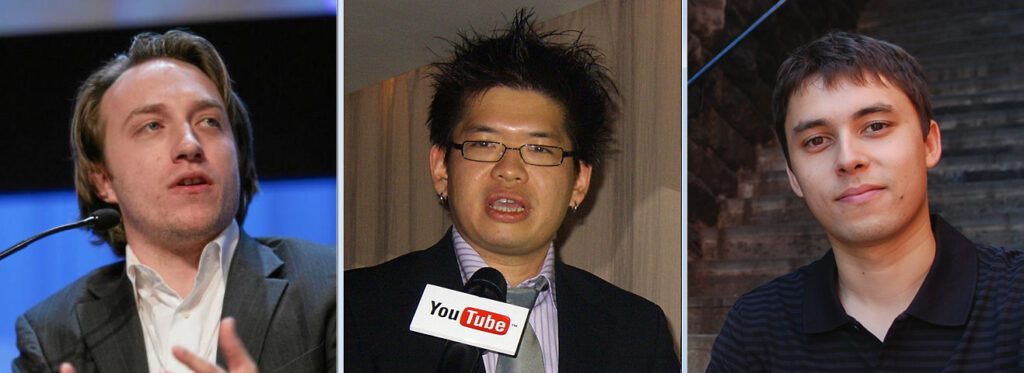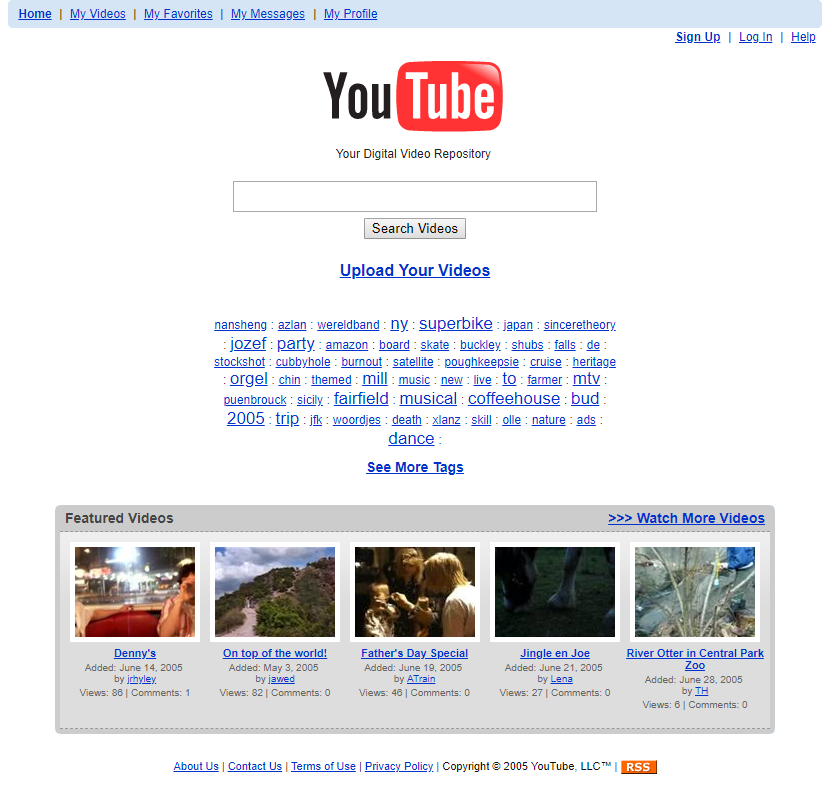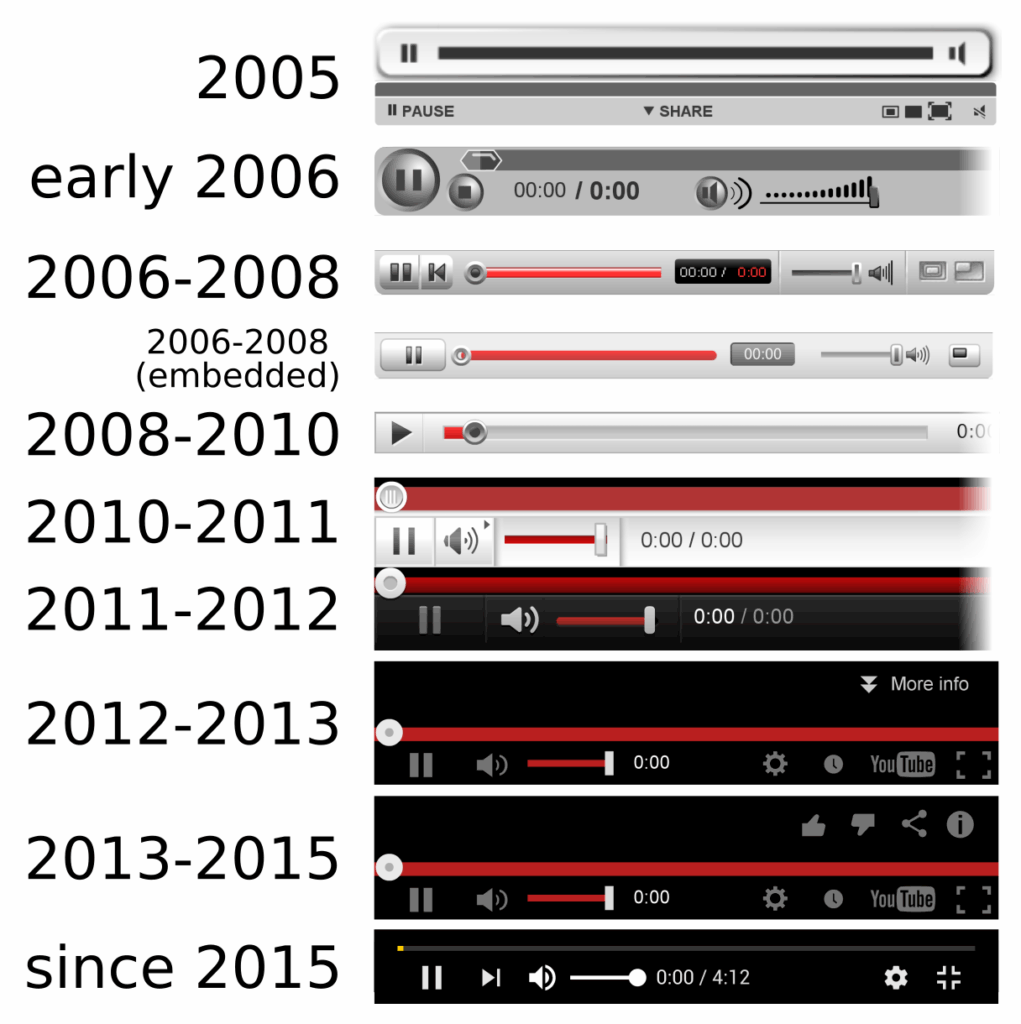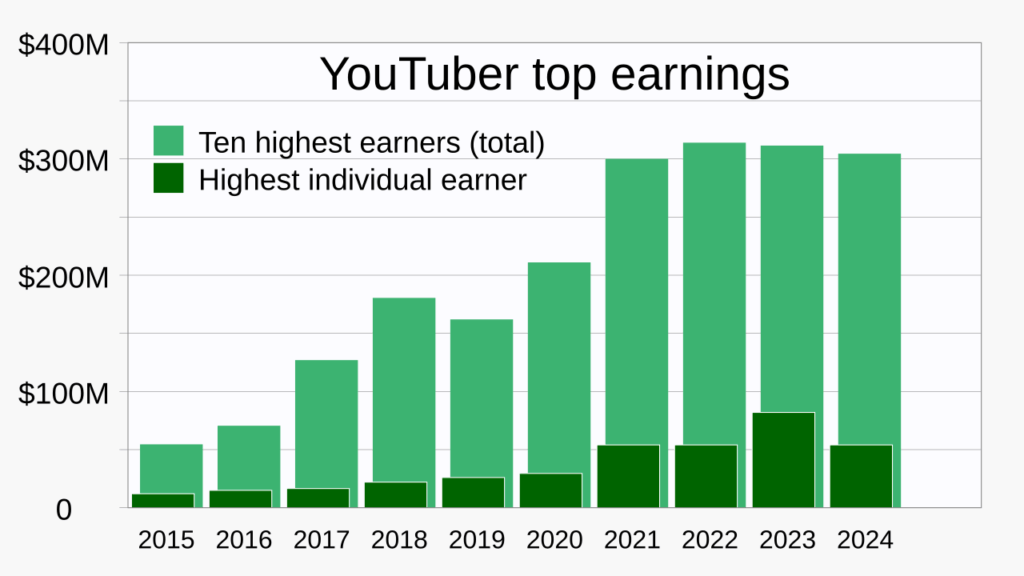If you’re reading this, chances are you’ve lost hours to YouTube’s endless scroll, stumbled across a viral meme, or perhaps even considered launching your own channel. But how did a site born from the frustrations of sharing dinner party videos become a cultural juggernaut, a career launchpad, and a mirror to our changing habits? As YouTube 20th anniversary celebrations take place, let’s rewind the tape and examine its meteoric rise, seismic impact, and the ways it’s rewired how we consume, create, and connect.
The genesis and early days of YouTube
Founding story: The dinner party that (maybe) wasn’t
YouTube’s origin story is the stuff of Silicon Valley legend. In February 2005, three ex-PayPal employees-Chad Hurley, Steve Chen, and Jawed Karim-teamed up to solve a simple problem: sharing videos online was a nightmare. Whether it was a dinner party (as Chen claimed) or the inability to find Janet Jackson’s infamous Super Bowl moment (as Karim insisted), the founders saw a gap. They registered YouTube.com on Valentine’s Day 2005, with the initial idea as a video-based dating site-an idea that fizzled almost instantly. Instead, they opened the floodgates to all types of video, and the rest, as they say, is history.

Early content: Elephants, cats, and chaos
The very first video, “Me at the zoo,” uploaded by Karim on April 23, 2005, set the tone: casual, personal, and unpolished. Early YouTube was a wild west of home videos, viral clips, and amateur comedy-think skateboarding fails, lip-syncing teens, and, yes, a lot of cats. The absence of slick production was the point: anyone, anywhere, could share their world.
Key milestones: Going viral and going big
- 2005: Site launches; “Me at the zoo” becomes the first upload.
- 2006: YouTube explodes in popularity, hitting 100 million video views per day.
- Late 2006: Google swoops in, acquiring YouTube for $1.65 billion-a move that turbocharged its growth and cemented its place in the digital ecosystem.
The evolution of content and creators
Rise of the “YouTuber”: From bedroom to boardroom
YouTube didn’t just birth viral videos; it created a new kind of celebrity-the YouTuber. Ordinary people with webcams became global stars, building careers around makeup tutorials, gaming, comedy, and commentary. By the 2010s, top creators like PewDiePie and Zoella were earning millions, outpacing Hollywood stars and rewriting the rules of fame.
Niche communities: There’s a channel for that
From ASMR to astrophysics, beauty to bus restoration, YouTube’s real magic lies in its niches. Communities flourished around every conceivable interest, fostering connection and expertise. Whether you wanted to learn quantum mechanics or how to contour your cheekbones, YouTube had you covered.
Professionalisation: Lights, camera, monetisation
As audiences grew, so did production values. What began as grainy vlogs soon morphed into studio-quality productions, complete with editing suites, green screens, and teams of writers. The platform introduced monetisation through ads, brand deals, and fan funding, turning hobbies into lucrative businesses.
Influencers and consumer behaviour
YouTube didn’t just create stars-it created influencers. These creators wielded enormous sway over trends, products, and even politics. A single product review or unboxing could make or break a brand, while social movements found new life through viral campaigns and personal storytelling.
Formats galore: From shorts to streams
YouTube’s content palette expanded:
- Long-form documentaries and explainers
- Live streams for real-time engagement
- YouTube Shorts, a TikTok-inspired format for bite-sized content
- Podcasts and video essays
This diversification kept the platform fresh and adaptable, capturing every shift in how we like to watch.

YouTube’s impact on culture and society
Democratising media: Power to the people
YouTube shattered the old media monopoly. Anyone with a smartphone could become a broadcaster, bypassing traditional gatekeepers. This democratisation gave rise to citizen journalism, grassroots activism, and authentic storytelling on a global scale.
Shaping pop culture (and language)
Remember “Gangnam Style”? Or “Charlie bit my finger”? YouTube trends have repeatedly leapt from screens into mainstream culture, influencing music charts, slang, and even political discourse. Viral challenges, dances, and memes often start on YouTube before conquering the world.
Education for all: The world’s biggest classroom
Today, YouTube is the go-to university for millions. Tutorials, lectures, and explainer videos cover everything from calculus to carpentry. It’s a free, accessible resource that’s transformed how we learn, upskill, and share knowledge.
Social and political impact
YouTube has powered social movements, election campaigns, and awareness drives. It’s a double-edged sword: a force for activism and community, but also a vector for misinformation and polarisation. The platform’s reach means its influence-good or bad-is profound.
Global reach and local flavour
With localisation in over 100 countries and dozens of languages, YouTube isn’t just an American export-it’s a global phenomenon. Local creators adapt trends, build communities, and reflect their own cultures, making YouTube both a global stage and a local soapbox.

The transformation of consumption habits
From TV to Tube: The great migration
YouTube has been a key driver in the decline of traditional television, especially among Gen Z and Millennials. The allure? On-demand, personalised, and interactive content that fits your schedule-not the other way around.
On-demand everything
The expectation now is instant access. Want to watch a 12-hour documentary at 3am? No problem. Binge a playlist of dog videos on your commute? Go ahead. YouTube set the template for the streaming, on-demand culture that now dominates media.
Algorithmic personalisation: The rabbit hole effect
YouTube’s recommendation engine is legendary (and sometimes infamous). It learns your preferences, serving up a never-ending stream of content tailored to your tastes. This personalisation keeps viewers hooked, but also raises questions about filter bubbles and echo chambers.
The rise of video marketing
Brands quickly realised YouTube’s potential, shifting ad budgets from TV to digital. Product placements, sponsored content, and influencer partnerships became the norm, changing how companies reach and engage consumers.
Mobile-first world
With over 70% of YouTube views coming from mobile devices, the platform has become synonymous with on-the-go entertainment. Whether you’re on the bus or in bed, YouTube is always just a tap away.
The business and economic landscape
Monetisation: From AdSense to super chats
YouTube’s revenue model has evolved:
- Ads: The backbone, with creators earning a share.
- Subscriptions: YouTube Premium offers ad-free viewing and exclusive content.
- Fan Funding: Super Chats, memberships, and Patreon-style support.
- Merchandise: Integrated shops for creators.

The creator economy: Big bucks, big business
YouTube’s ecosystem is now a multi-billion-pound industry. In 2022 alone, YouTube contributed over $35 billion to the US economy and supported nearly 400,000 full-time jobs. In the UK and elsewhere, its impact is similarly staggering, fuelling not just creators but entire supply chains and support industries.
Challenges and controversies
With great power comes great responsibility-and controversy. YouTube has grappled with:
- Content moderation and harmful content
- Copyright disputes and demonetisation
- Mental health concerns among creators
- Algorithm changes that can make or break careers
Key metrics (2025 snapshot):
- 2.7 billion+ logged-in users monthly
- 500+ hours of video uploaded every minute
- Over 1 billion hours watched daily
The future of YouTube: What’s next?
Emerging trends: AI, authenticity, and new formats
- AI-driven content: From automated dubbing to AI-generated scripts and thumbnails, artificial intelligence is reshaping creation and discovery.
- Authenticity rules: Audiences crave realness. Expect more unscripted, personality-driven content.
- Long-form and episodic content: Despite the rise of Shorts, documentaries and series are thriving, especially as more people watch YouTube on their TVs.
- Community focus: New monetisation tools encourage creators to build loyal fanbases, not just chase viral hits.
Competition: The battle for eyeballs
TikTok, Instagram, and streaming giants keep YouTube on its toes, pushing constant innovation in features and formats. Yet, YouTube’s depth of content and searchability give it a unique edge.
The ongoing evolution
YouTube is not a static entity. It’s a living, breathing reflection of digital culture-constantly adapting, sometimes stumbling, but always moving forward. As new technologies and social currents emerge, YouTube will continue to reinvent itself, shaping and being shaped by the world’s collective creativity.
Final thoughts: How YouTube changed us all
Twenty years ago, the idea that anyone could broadcast to the world seemed fanciful. Today, it’s reality. YouTube hasn’t just changed how we watch videos-it’s changed how we learn, laugh, protest, shop, and dream. It’s made celebrities out of ordinary people and turned the act of watching into an act of participation.
So next time you fall down a YouTube rabbit hole, remember: you’re not just consuming content. You’re part of a global, ever-evolving story-one that’s only just getting started.
What do you think-has YouTube been a force for good, or are we all just living in a never-ending autoplay? Drop your thoughts below and join the conversation.



